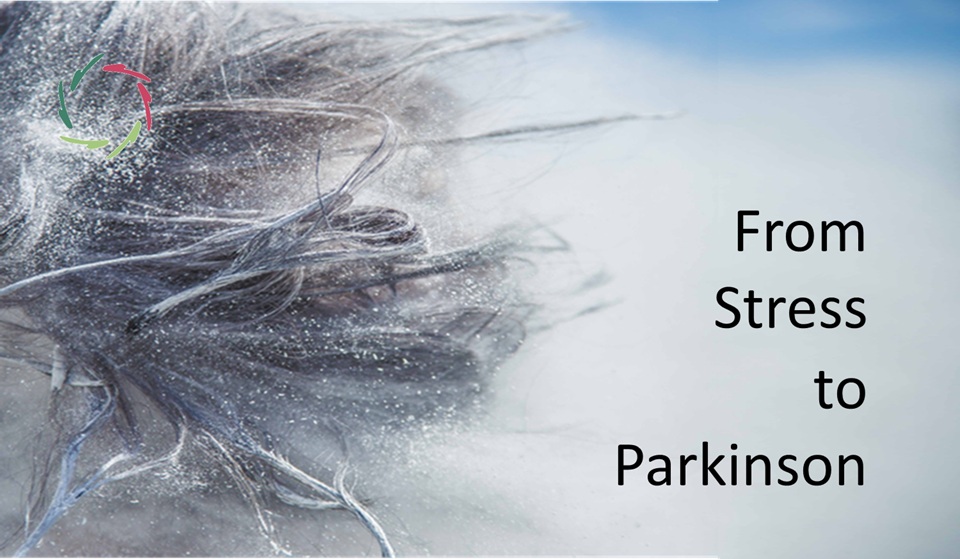Stressional Intelligence: Sensitivity Without Vulnerability

Distress can be seen as a problem of vulnerability: getting frustrated by a mismatch between ‘wanting’ and ‘not being able to’.
It’s a relative problem: is there too much environmental stress for you, or are you too vulnerable? There is no objective measure in this. Too much environmental stress may be too much for almost anyone. But then again: where can one place the cut-off? Is it feasible to say that stress may be so big that for instance 12% of all people get knocked out? Is this humane?
NO. But putting the cut-off too low (down to +/- 0%) is not sustainable for any organization. Moreover, ‘too low’ is stressful for a number of people who need a healthy challenge. Otherwise, they get… distressed. They risk getting bored out.
Fortunately, reality is multidimensional.
And so is the difference between sensitivity and vulnerability. Unfortunately, many people see sensitivity as almost a sure path to vulnerability. Thus, they fear to be of a sensitive kind. They harden themselves and see this as ‘stress resistance’. Comes a time they feel that they are missing something fundamental in life. Because:
Together with the stress of life, they are losing its salt.
This may feel comfortable, but also numb. Through the numbness may break an episode of burn-out or depression.
Numbness is not an intelligent way to deal with stress.
Some examples:
- The fear to be hurt by a spouse can make the other spouse less open.
- The fear to be seen as stress-vulnerable may make a leader less empathic towards his co-workers, hugely affecting the bottom line.
- A medical student may hide his sense of vulnerability engendered by patients’ suffering behind a façade of cold clinical attitude. This may in due time lead to a contempt for anything to do with the deeper emotional side of illness.
The real stress challenge is to keep your sensitivity and diminish vulnerability at the same time. That may also bring people closer together as in the examples above. In such cases, Stressional Intelligence (S.I.) leads to more openness, more empathy and humaneness.
S.I. is much more than merely ‘stress resistance’.
There is actually no ‘resistance’ in S.I. There is rather a ‘going-into’. S.I. is also the strength to see things as they are, or to at least not avoid this in-sight. It is to be able to open things/issues and really be critical, strongly and gently. In other words:
S.I. leads to Inner Strength and vice versa.
The Inner Strength to be non-vulnerable and sensitive at the same time. This is also a characterization of empathy in contrast to sympathy which leaves a person vulnerable. To clarify more, let’s take a look at three situations:
- Distress: I want and I suffer if I cannot. This is being vulnerable.
E.g. “I want to do my work correctly but I don’t receive enough resources to do so.”
- This can be relieved by not wanting anymore. This is being numb, insensitive.
E.g. “I don’t want to do my work correctly. I don’t care. It doesn’t mean a lot to me.”
- S.I.: wanting but not suffering.
E.g. “I do my work correctly in as far as I can procure the means to it, caring without frustration.”
Note in this the difference between frustration and frustration-less desire. Both can lead to ‘wanting’ but from different angles. S.I. lies in attaining the latter: a situation of non-vulnerability.
You too can work on it, starting with this insight.
There is no need for sensitive people to be vulnerable!
Sensitive people should also not look up to the non-vulnerable for their being non-sensitive. As unfortunately they often do even at a big scale. For instance: ‘strongmen’ in politics may be acclaimed in order to oppose some ‘enemy’. This is such a pity even though for many people it may diminish their feelings of distress!
S.I. makes people less soft and less hard. It makes them stronger and more gentle.


